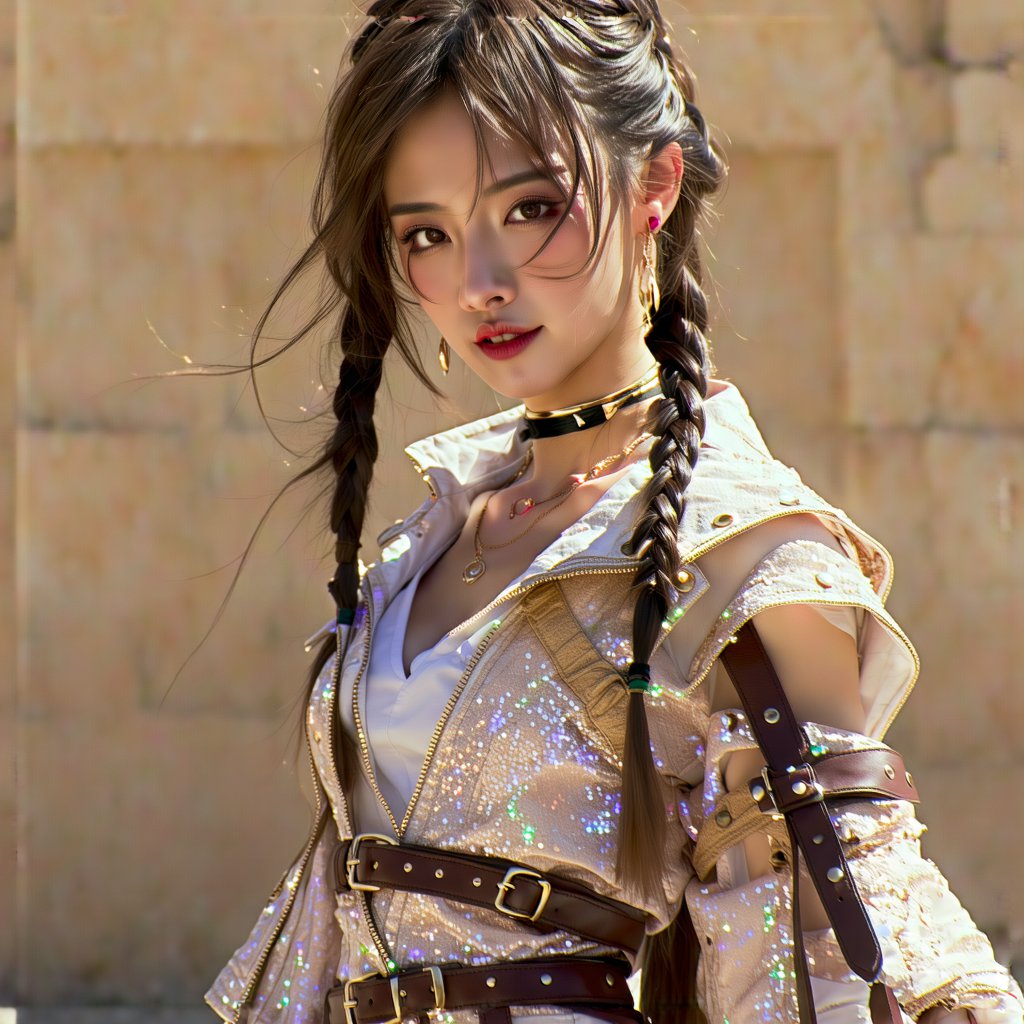
Exploring the Chic Character Styles in Anime
Anime has become a global phenomenon, captivating audiences with its vibrant storytelling, unique worlds, and, most notably, its distinct character designs. Effortlessly chic, these styles not only define the personalities of the characters but also weave into the fabric of the shows themselves. This article delves into how fashion in anime serves as a narrative tool, showcasing the fusion of aesthetics and character development.
The Intersection of Fashion and Character Development
In anime, clothing often reflects the inner workings of a character’s mind and their journey throughout the storyline. For instance, characters who undergo significant growth may start with a simplistic wardrobe that evolves into something more elaborate, symbolizing their transformation.
Take the character of Sailor Moon, for example. Her iconic sailor uniform is not only a symbol of her heroism but also a representation of her youthful innocence. As the series progresses, we see variations in her outfit that signify her growth and maturity.
Cultural Influences on Anime Fashion
Anime fashion is deeply rooted in Japanese culture but also draws inspiration from various global fashion trends. From streetwear to haute couture, the characters often embody a mix of styles that resonate with a diverse audience.
For instance, shows like “Attack on Titan” feature utilitarian outfits that highlight a rugged, survivalist theme, while “My Dress-Up Darling” showcases the intricacies of cosplay and the beauty of self-expression through clothing. This cross-cultural fusion enables viewers to connect with the characters on multiple levels, making their journeys more relatable.
Iconic Fashion Moments in Anime
Certain moments in anime have become iconic not just for their narrative significance but also for their stunning visuals and fashion statements. The extravagant outfits in “Your Lie in April” serve as a visual representation of the characters’ emotional struggles, while the meticulously designed costumes in “Fate/Zero” highlight the grandeur and fantasy of the series.
These fashion moments often leave a lasting impression, encouraging fans to emulate their favorite characters through cosplay and personal style choices.
The Role of Color and Design
Color and design play crucial roles in conveying character traits and emotions. Bright colors might indicate a cheerful or energetic personality, while darker tones can suggest mystery or turmoil. The use of patterns, textures, and accessories further enhances the storytelling, allowing viewers to glean insights into a character’s background and motivations.
For example, the use of floral patterns in “Fruits Basket” reflects the themes of growth and renewal, mirroring the characters’ arcs as they navigate their complex relationships and personal challenges.
Conclusion
Anime fashion is more than just eye-catching aesthetics; it is a powerful storytelling device that enriches character development and enhances the viewer’s experience. By blending cultural influences and innovative designs, anime creators craft styles that resonate with audiences around the world, making every character’s journey not only visually stunning but also emotionally impactful. As we continue to explore this vibrant medium, the fusion of epic fashion and storytelling will undoubtedly inspire new trends and creative expressions in the realm of fashion and beyond.
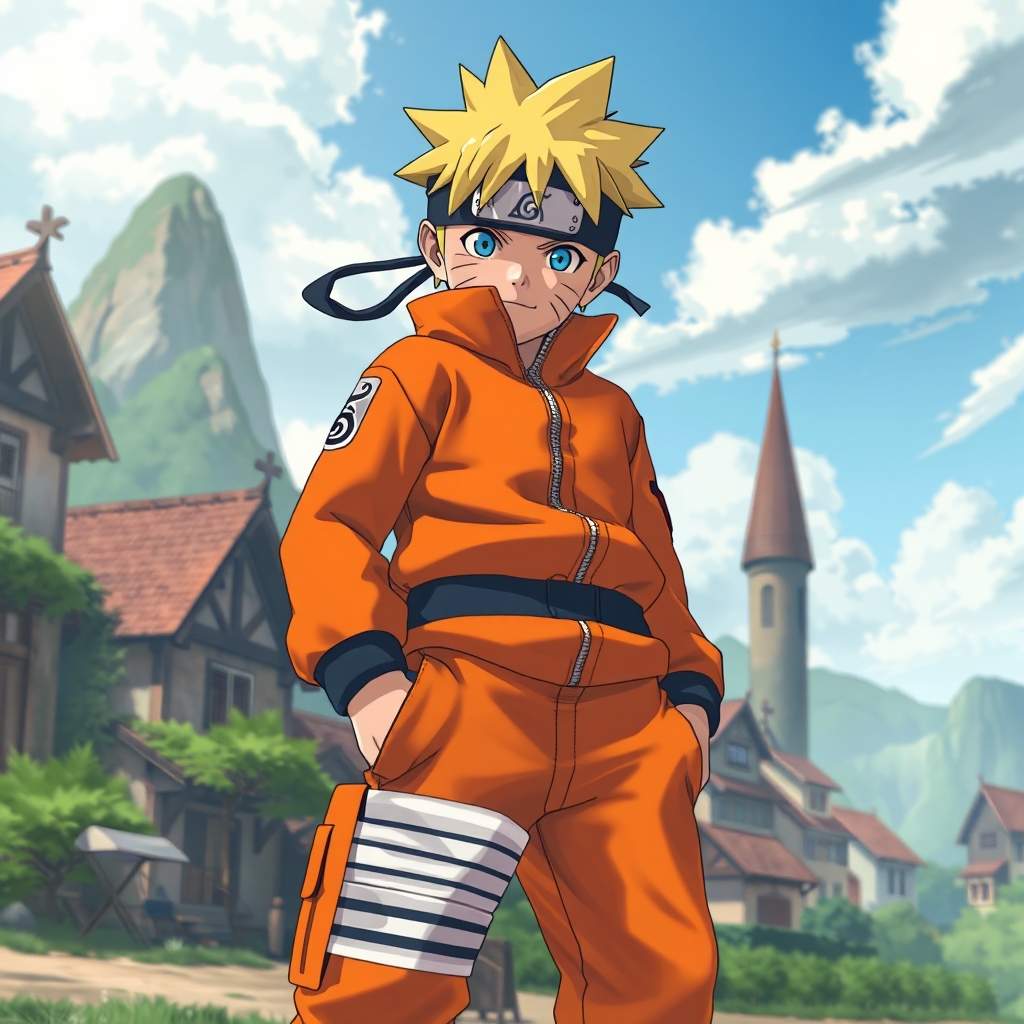
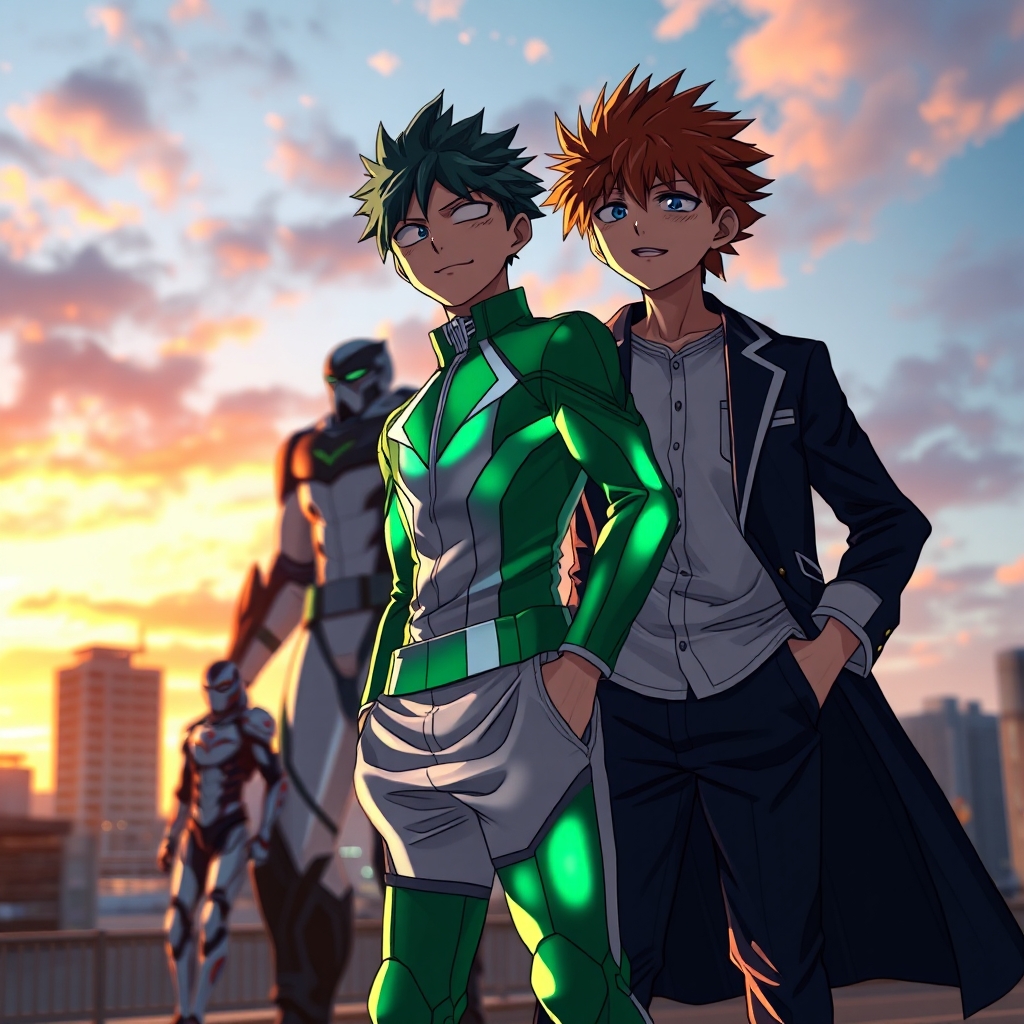
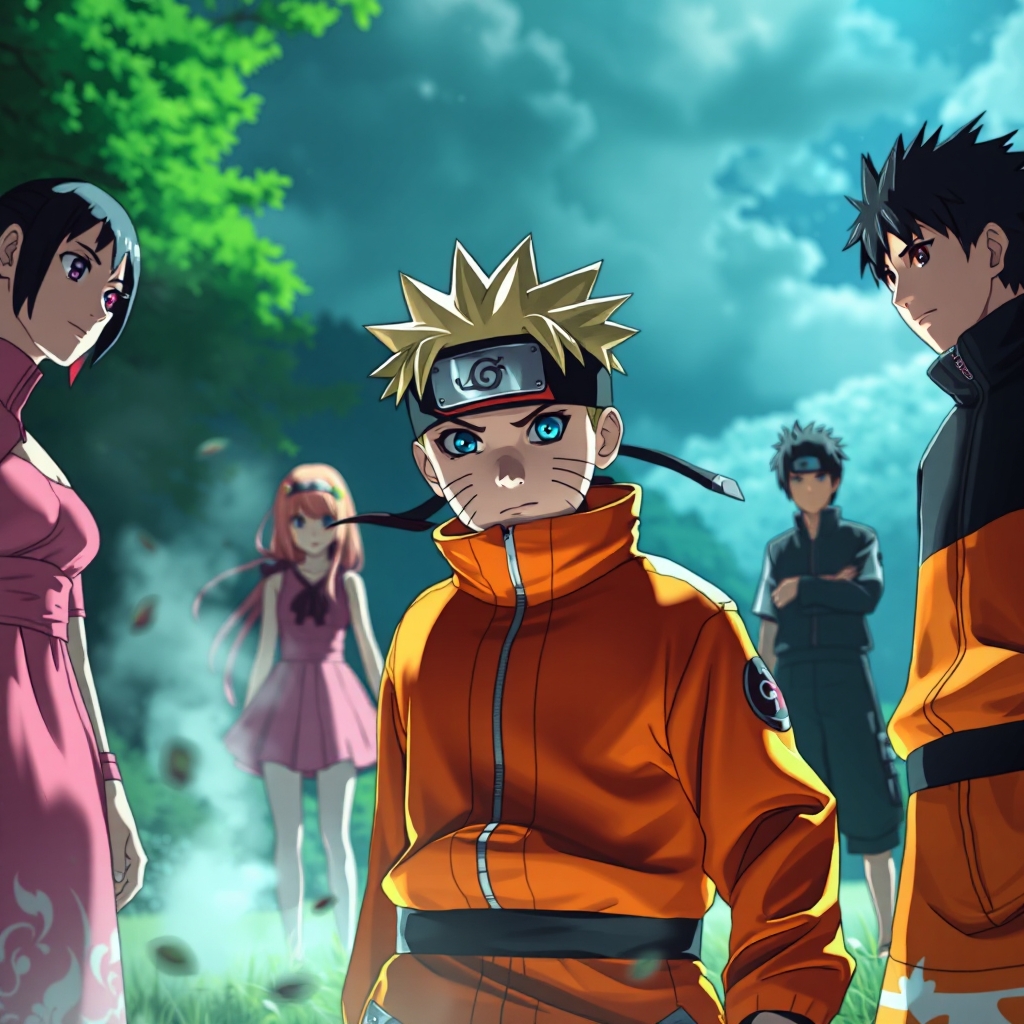
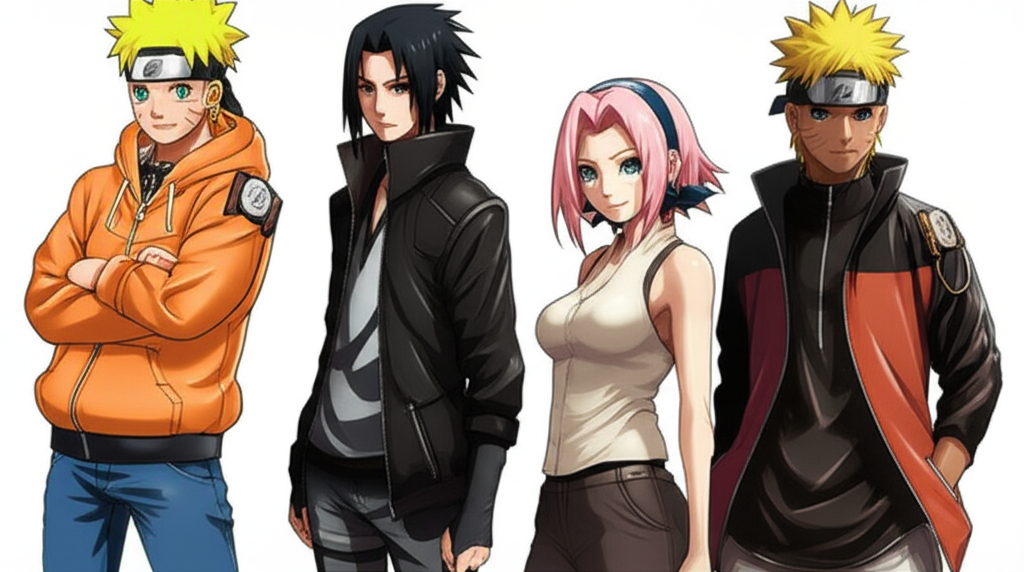
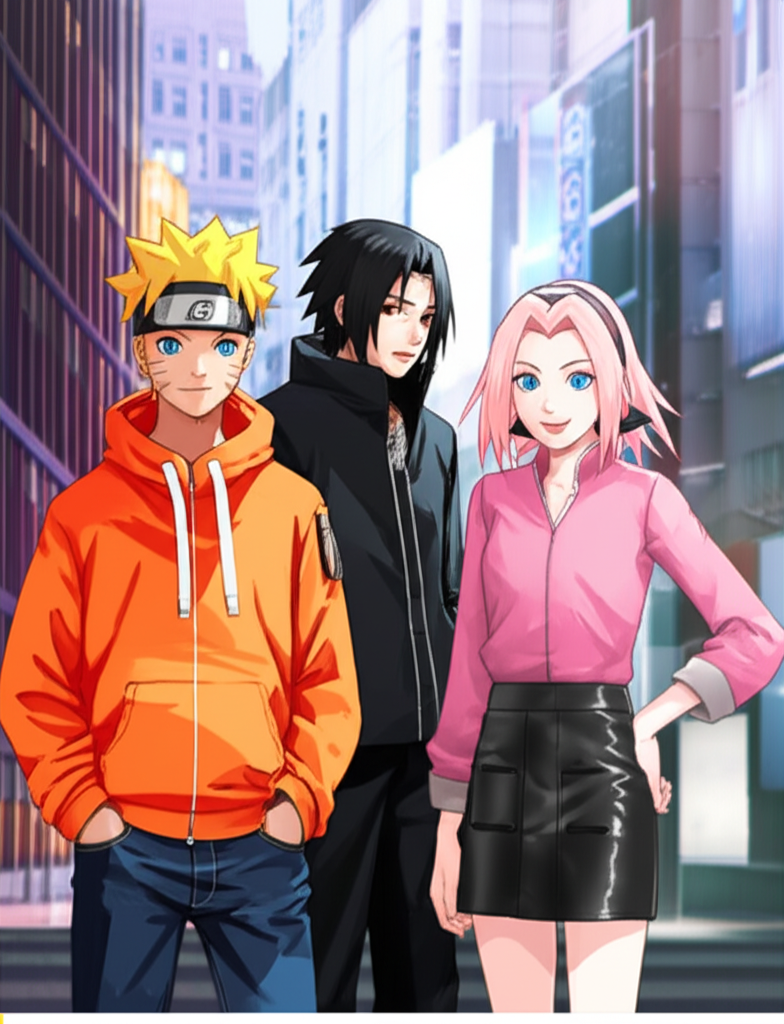
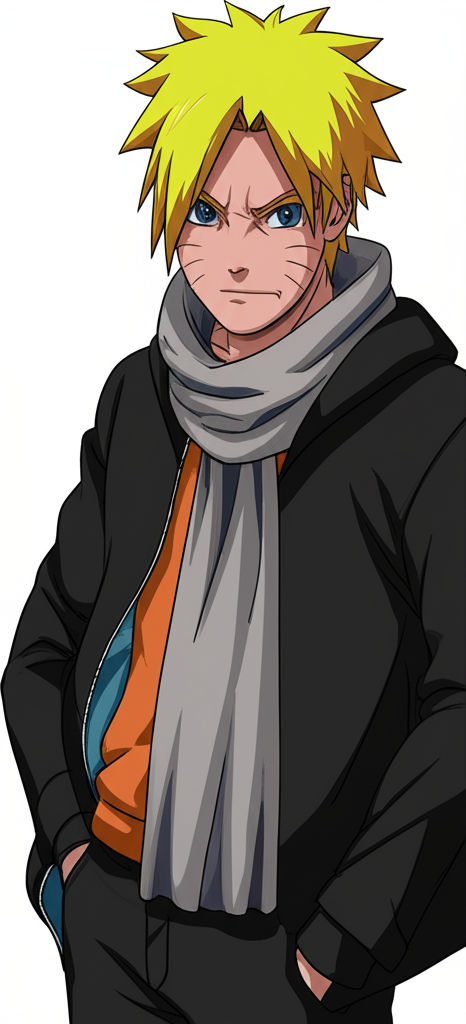
Latest Reviews